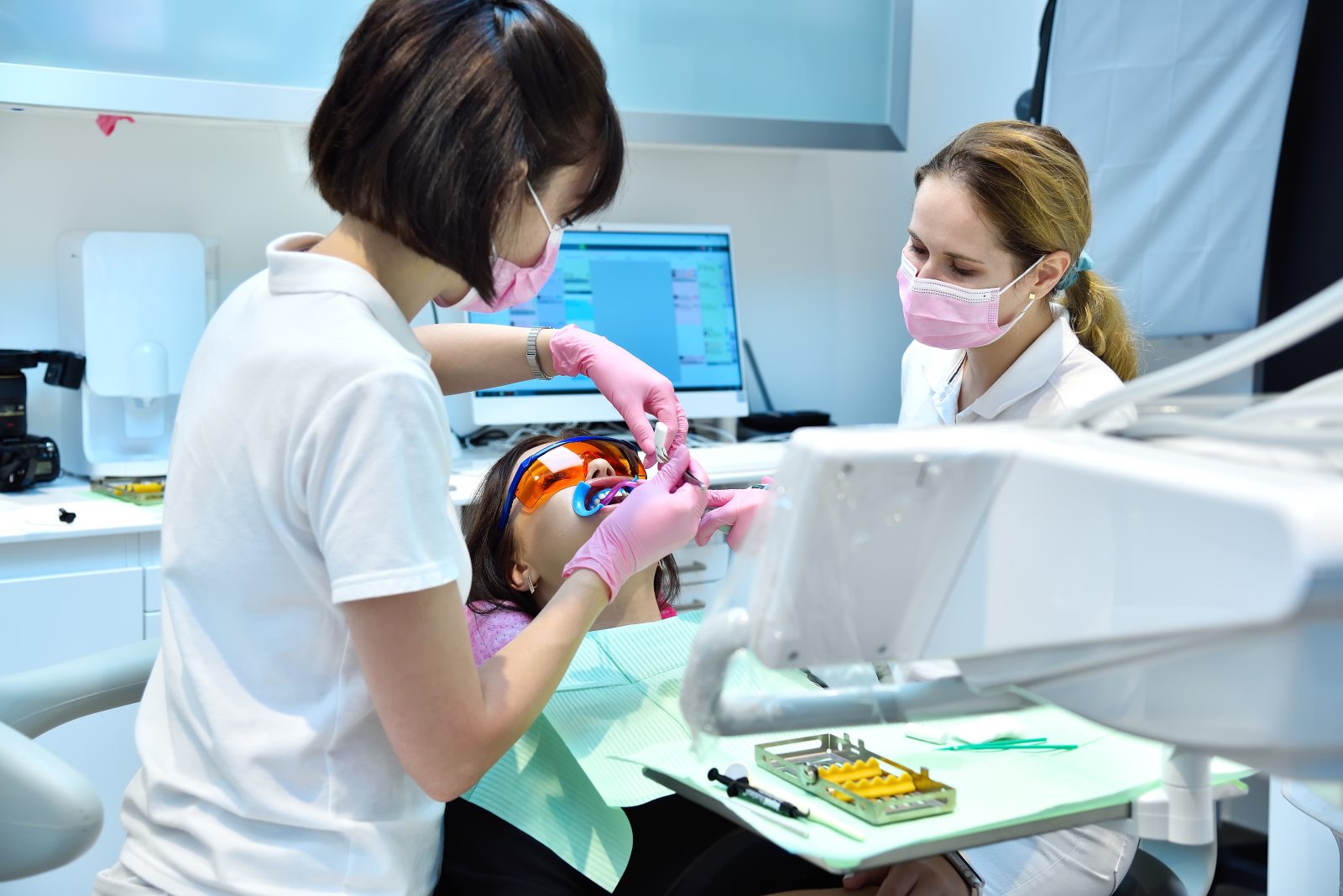Although working with a dental laser might be quite simple to operate, there are a few things you need to know to make sure they work safely and effectively. The most important thing for everyone near a laser during operation is to wear protective eyewear. This includes the physician, the patient, the chairside attendants, and any bystanders, including relatives or friends. Also, wearing wavelength-specific protective eyewear is essential.
In addition, limiting access to the surgical area, reducing reflective surfaces, posting warning signs outside the nominal hazard zone, and making sure the laser is in good operating order with all manufacturer safeguards in place can all help prevent accidental exposure to the non-target tissue.
What you will learn
- The risks of tissue damage and eye injuries resulting from laser exposure
- Various laser classifications and their significance in safety
- The importance of proper eye protection during laser procedures
- Proper maintenance and inspection of eye protection
- Proper ventilation in the laser operation area
- Safe techniques for operating dental lasers
- Strategies to avoid accidental laser exposures
Details
Course length: 1 hour and 30 minutes; CEU: 1.5
Languages: American English
Key features: Audio narration, learning activity, and post-assessment.
Get Certified
American Medical Compliance (AMC) is a leader in the industry for compliance, Billing, and HR solutions. To become certified, please visit us at: American Medical Compliance (AMC).
Reach out for other courses by visiting the AMC Course Library.




